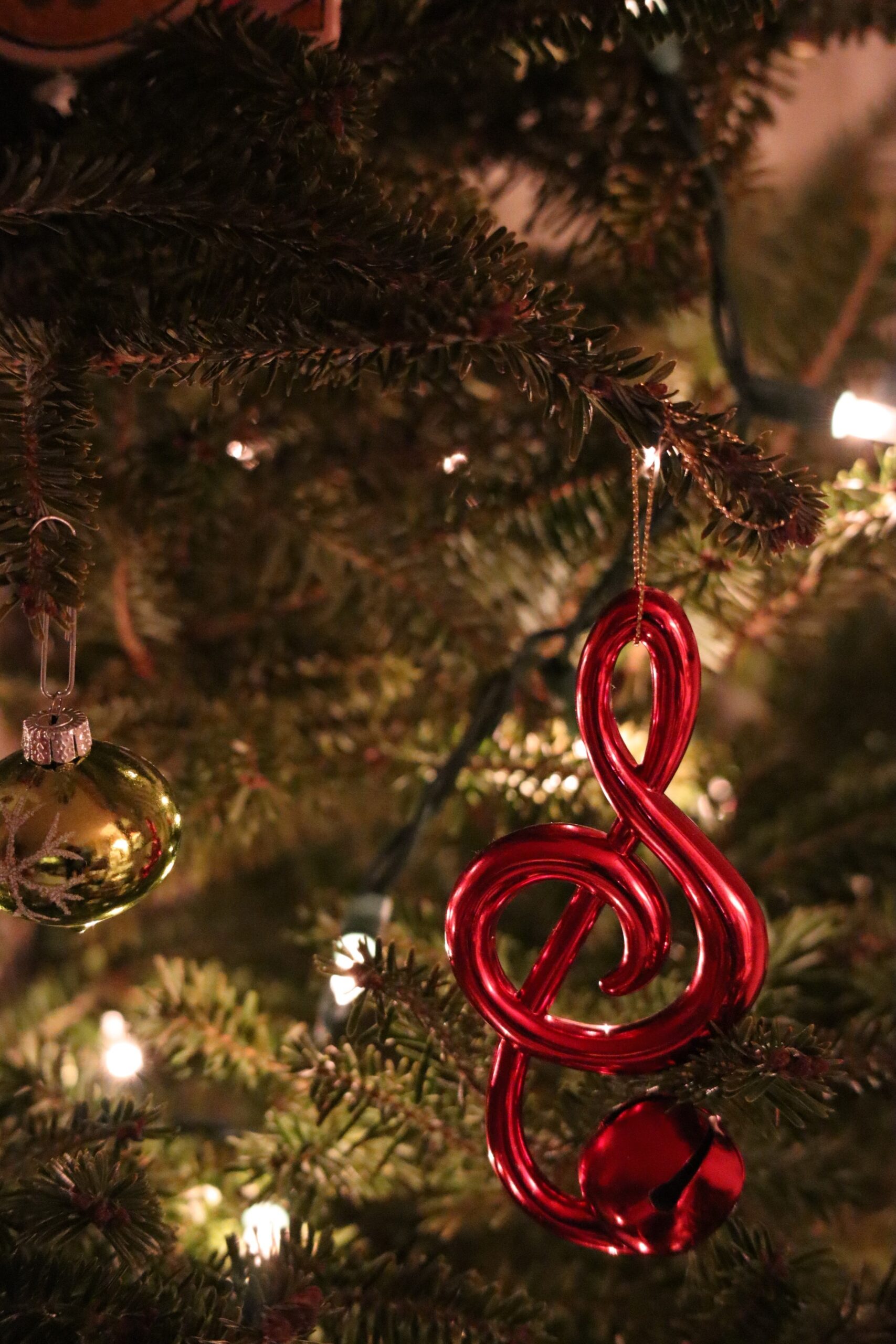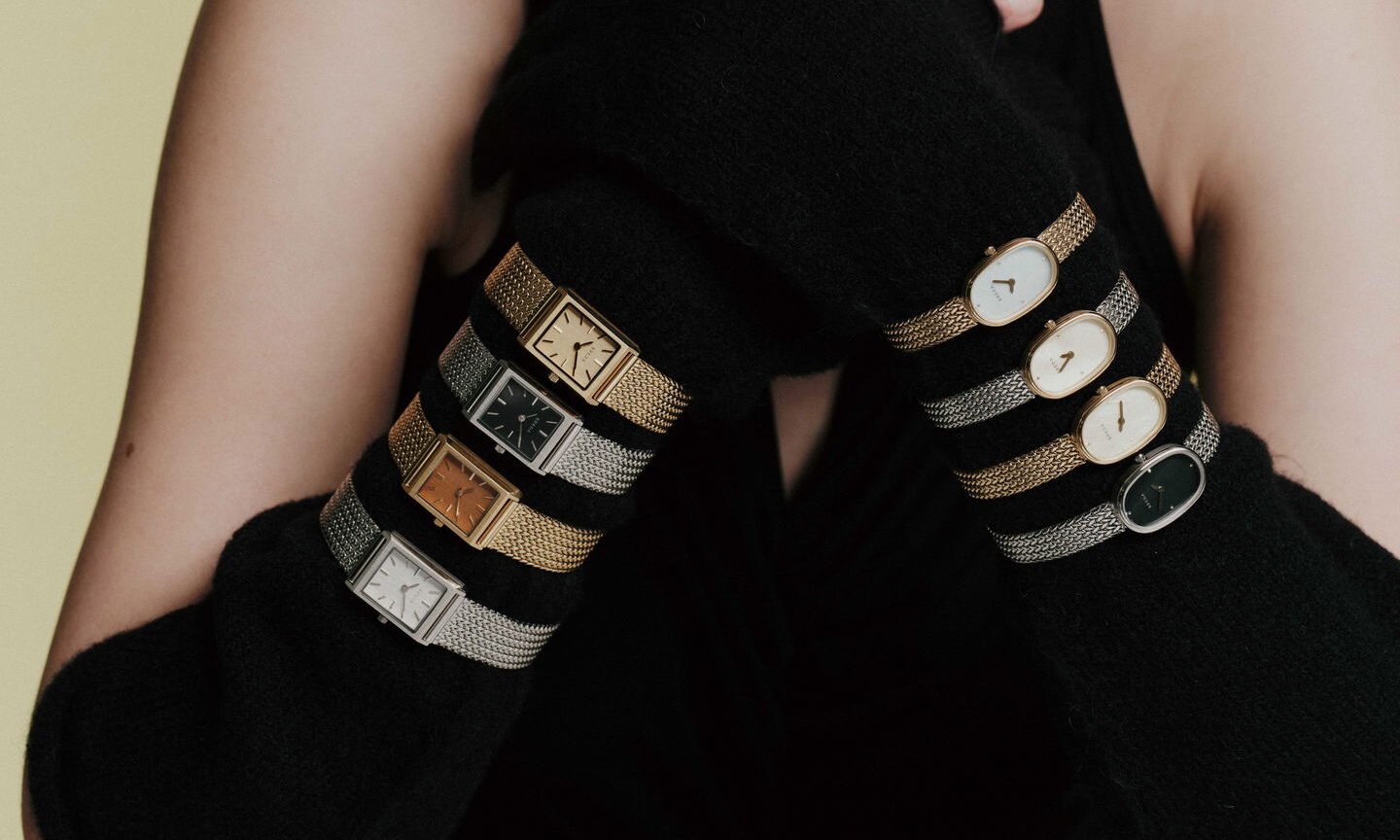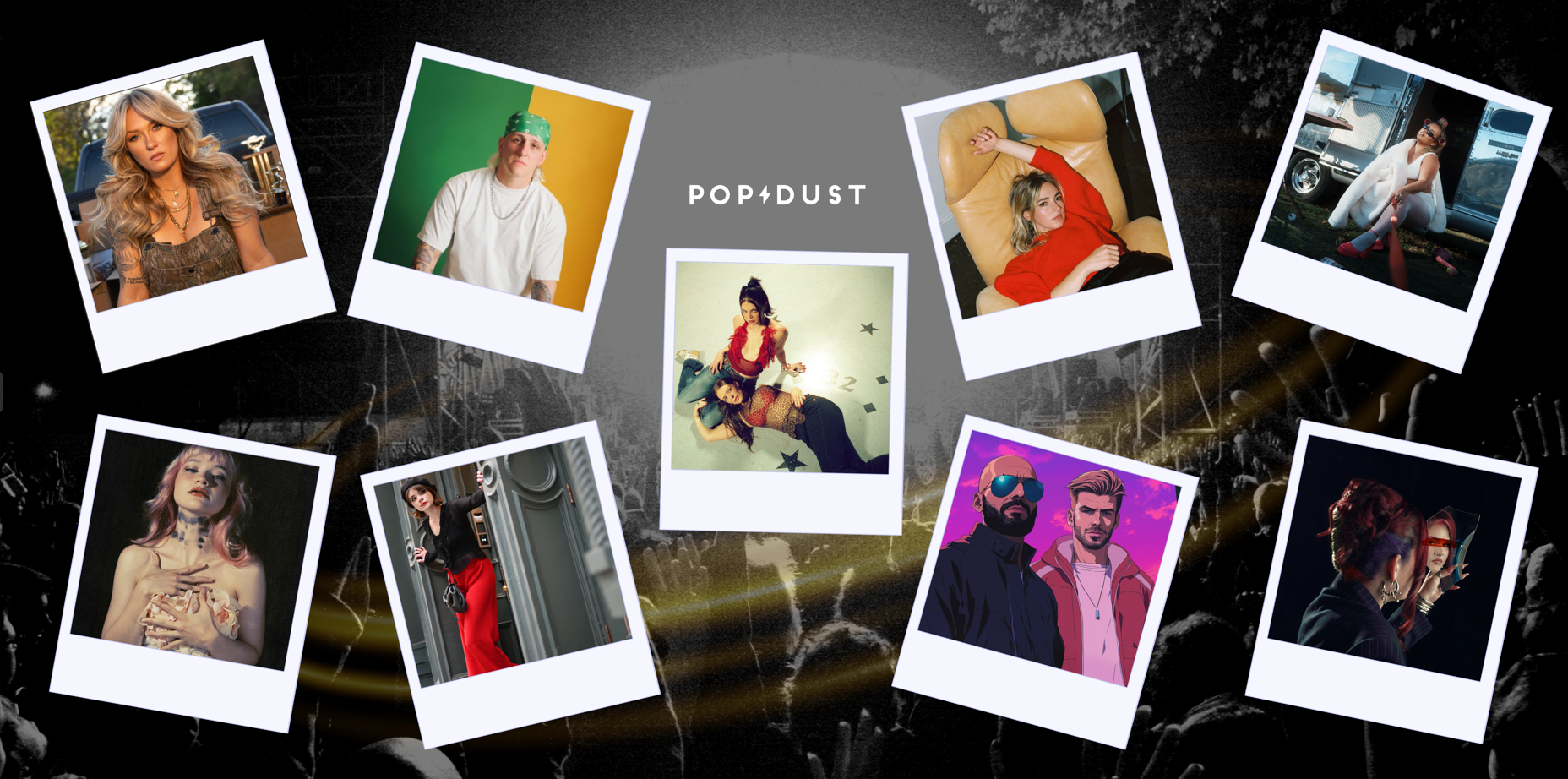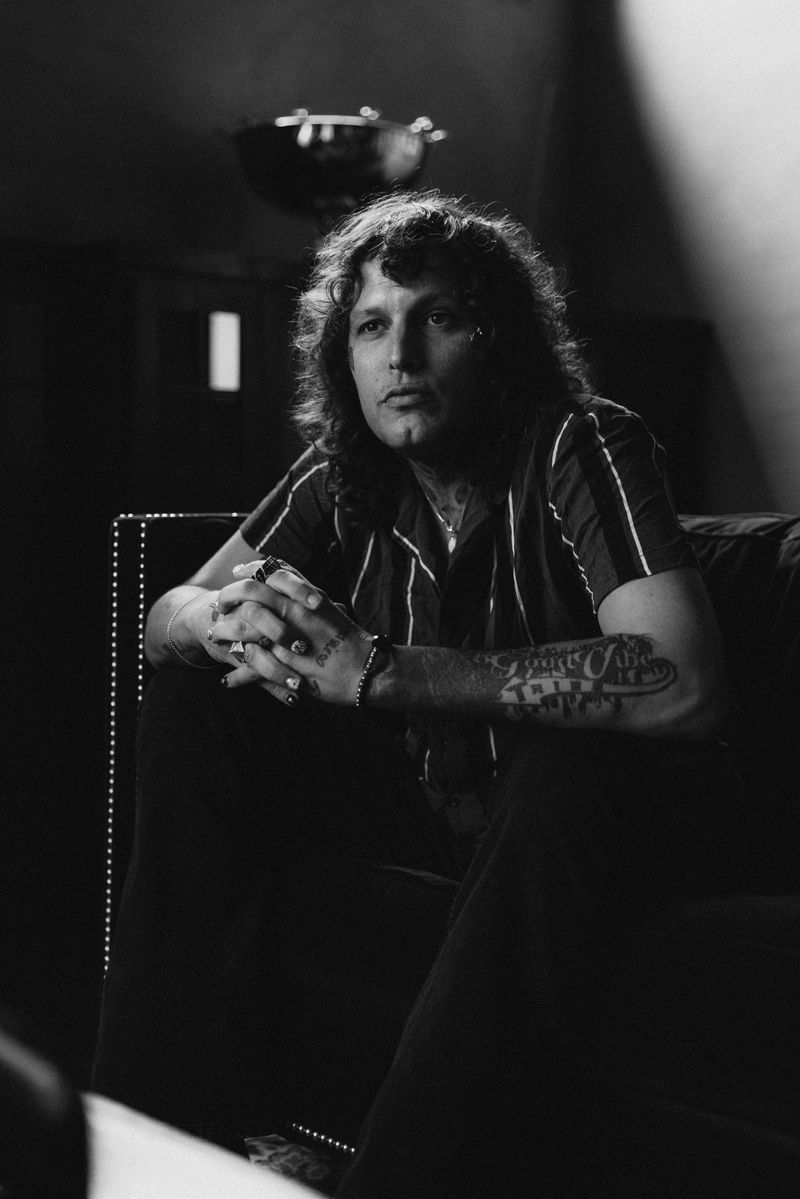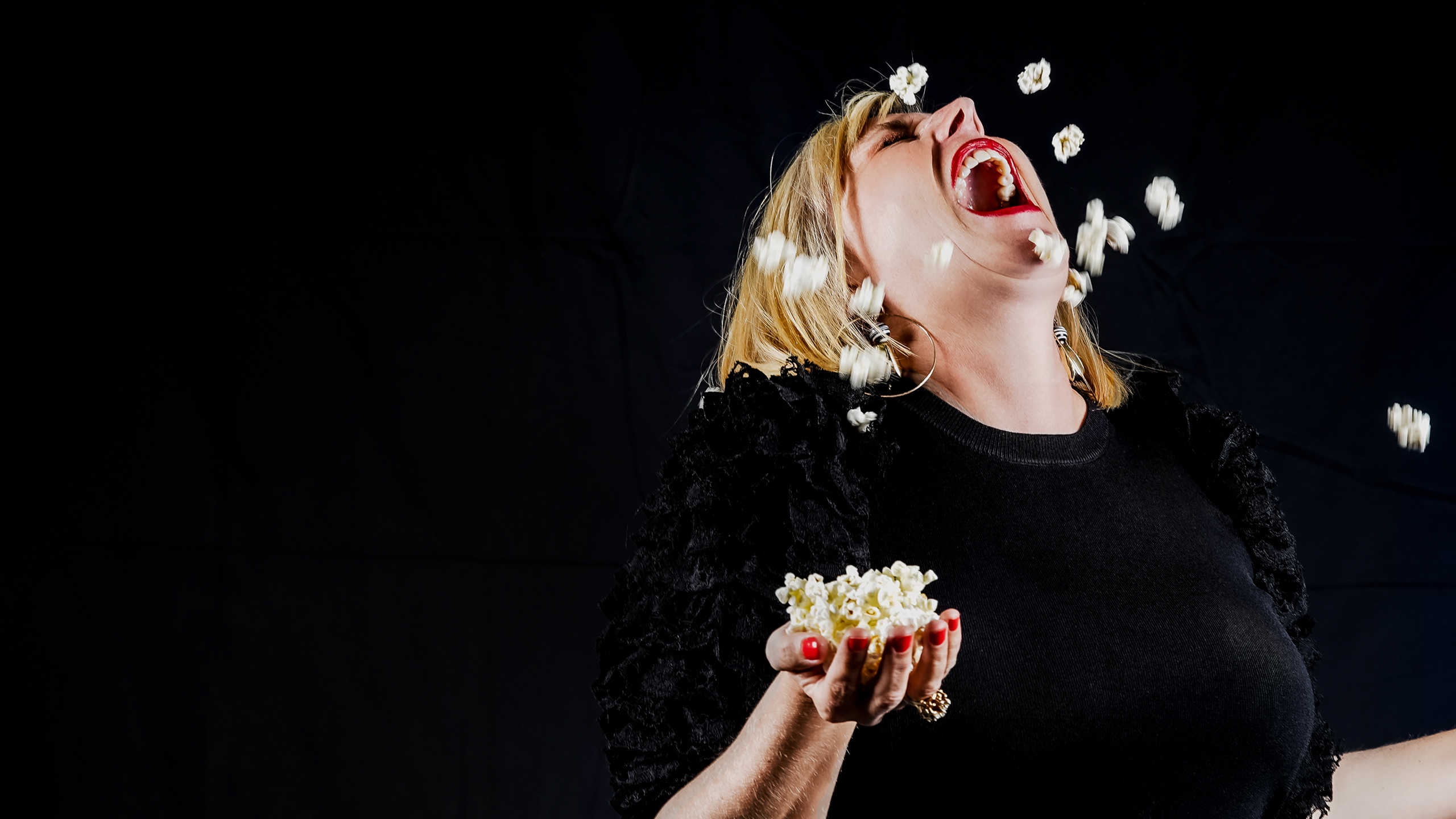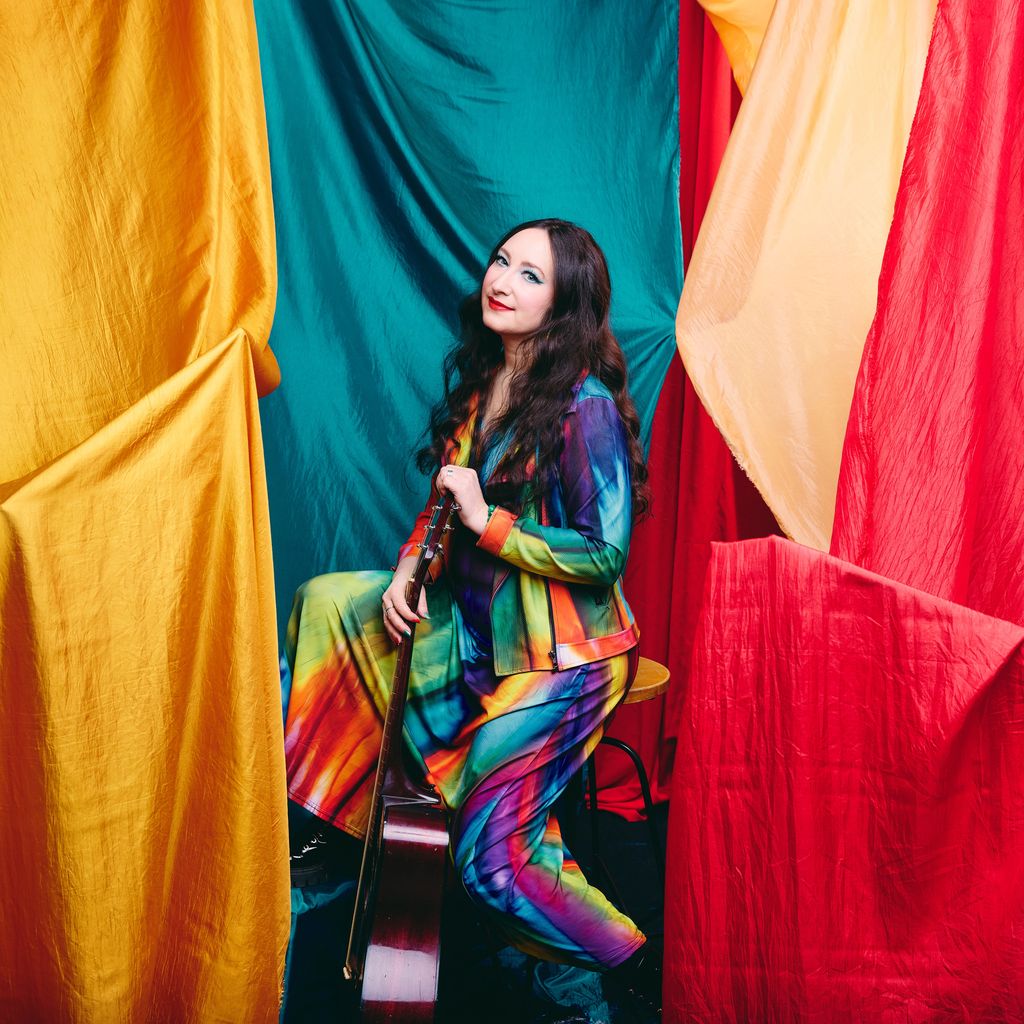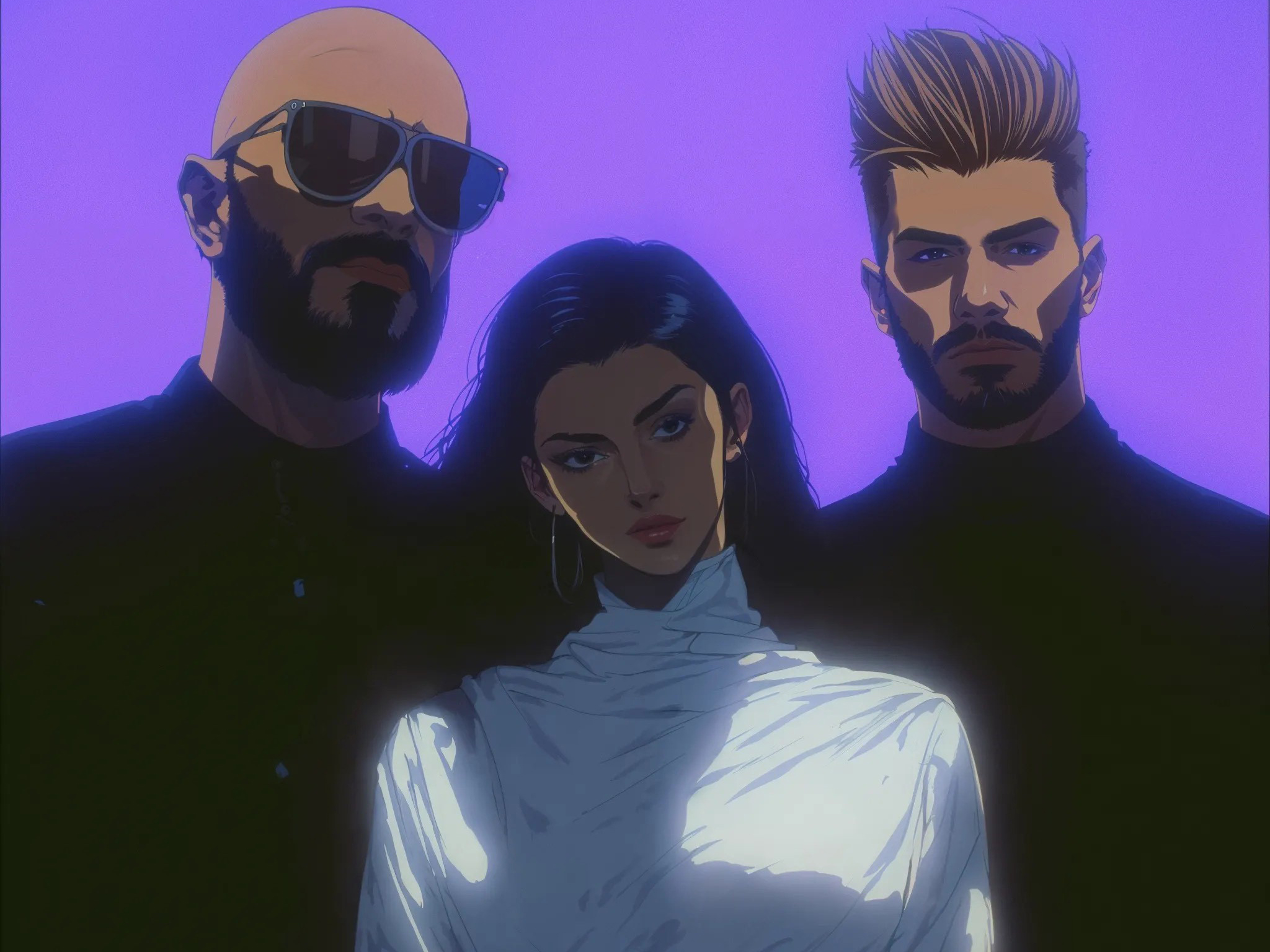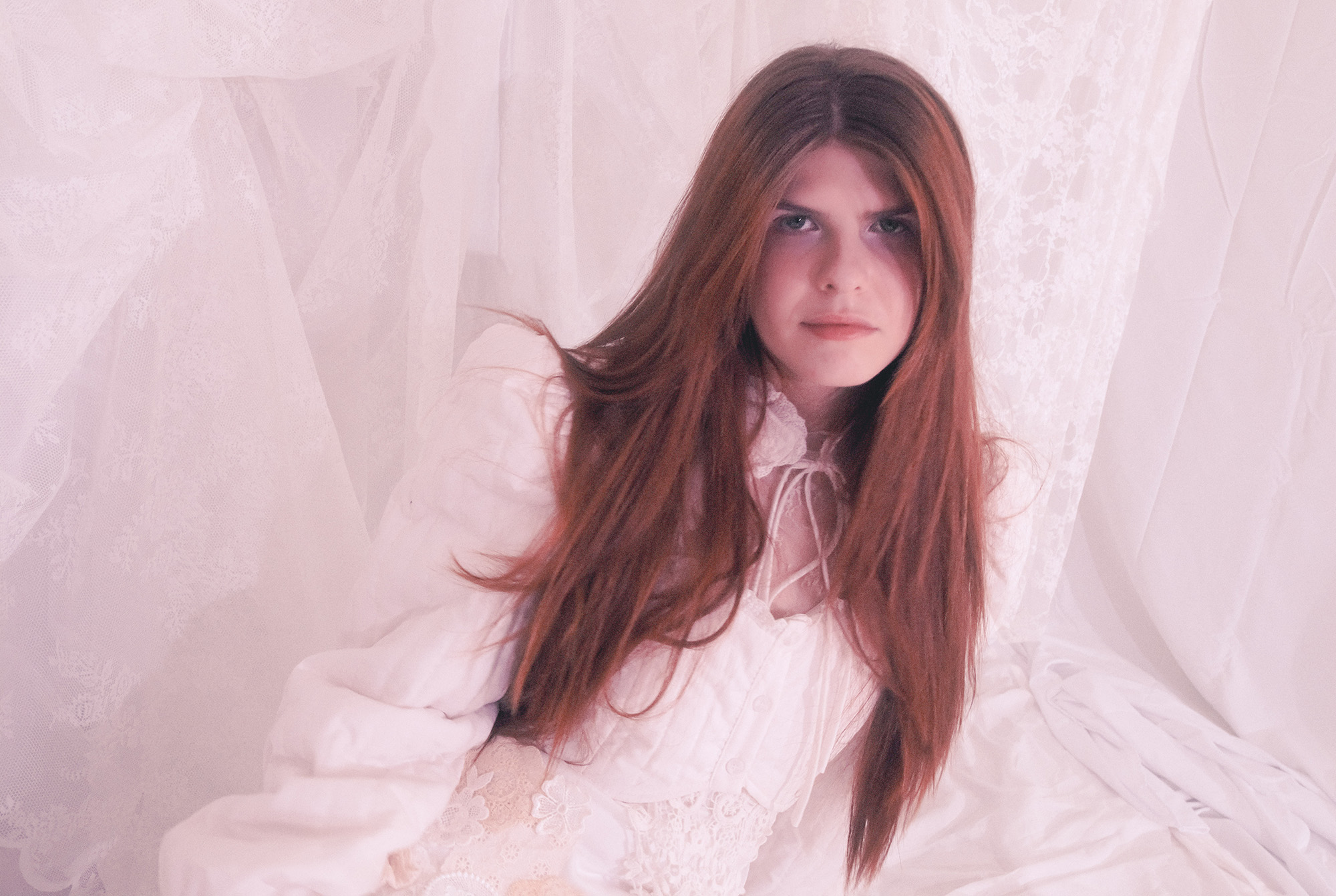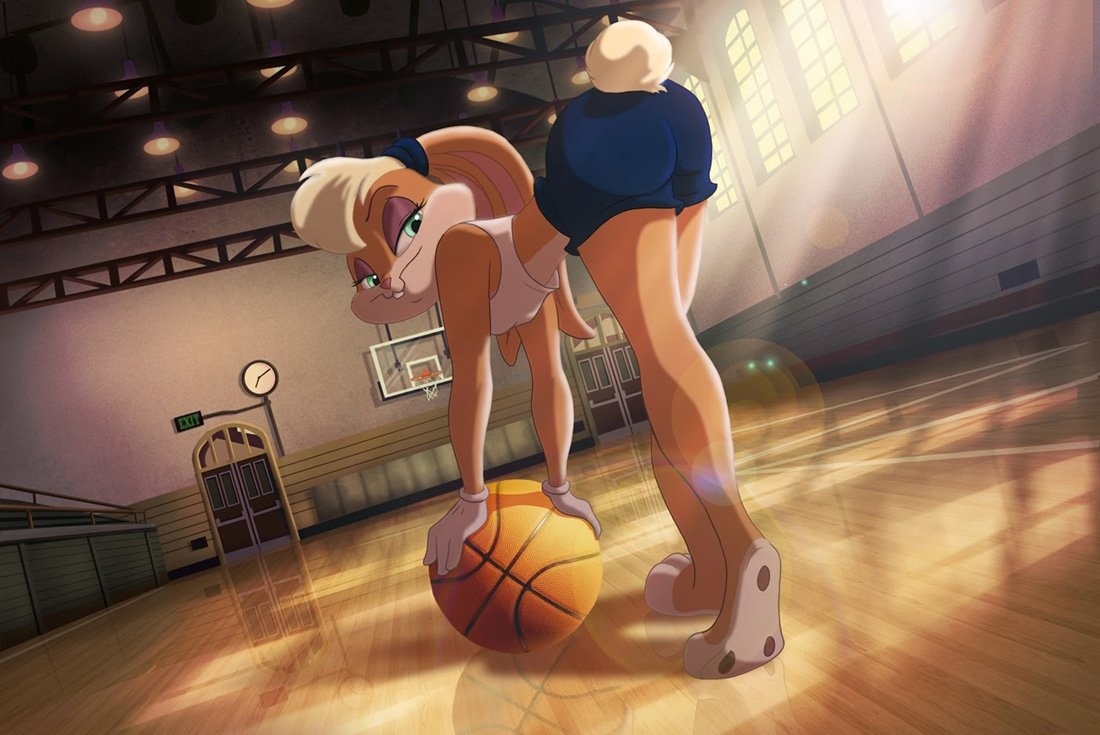
Update 3/4/2021: Warner Bros. has just released early images from the forthcoming remake of Space Jam, and social media has erupted in a torent of outrage — only some of which is ironic.
The primary concern is that Lola Bunny’s character has been thoroughly redesigned, to deemphasize her sex-symbol status. They have replaced her once toned, anthropomorphic legs with cartoon tubes — or possibly cabriole table legs — made her facial dimensions more cartoonishly exaggerated, and have seemingly erased any suggestion of her bunny-breasts. All this while putting her in clothing that hardly even qualify for the term “scantily clad.”
Will the furry community survive this tragic blow?
Space Jam was a marketer’s wet dream in the form of a feature film.
Capitalizing on every mid-90s kid’s two favorite interests––cartoons and basketball––Space Jam dared to pose the question: “What if Bugs Bunny met Michael Jordan?” Despite its failure to impress critics, the Looney Tunes/NBA crossover has endured as a cultural touchstone for young millennials.
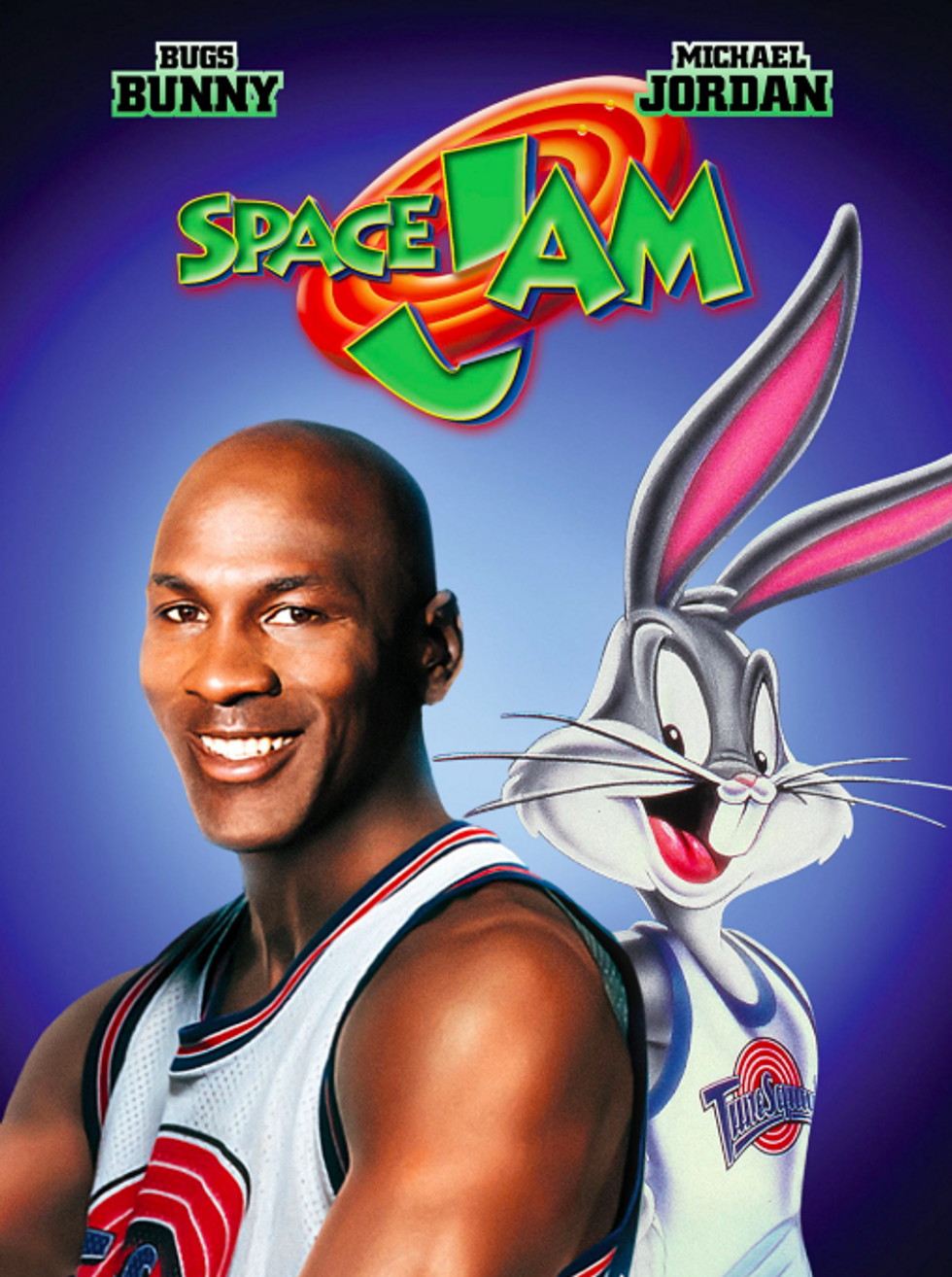
On top of launching a slew of toys and video games, Space Jam‘s soundtrack debuted R. Kelly’s “I Believe I Can Fly,” which would go on to be played at every graduation event throughout the 2000s (and then never again, for obvious reasons). To this day, Space Jam ranks as the highest-grossing basketball movie of all time. In fact, a sequel starring LeBron James is slated for 2021. But Space Jam has remained influential in another major way, too––a sexual way.
Enter Lola Bunny, an anthropomorphic rabbit who played the role of Bugs Bunny’s love interest and, more importantly, confusing boner-fuel for a whole generation. Unlike many other “hot” cartoon characters, Lola didn’t just have an attractive character design that would later become sexualized by fans. Rather, Lola Bunny was canonically hyper-sexualized and fully intended to be constantly ogled, both by in-world characters and viewers.
Lola Bunny Scenes (Space Jam) [HD]www.youtube.com
Lola talks sexually, struts sexually, and even dunks basketballs sexually. Her opening scene involves her crop top strap falling over her shoulder.
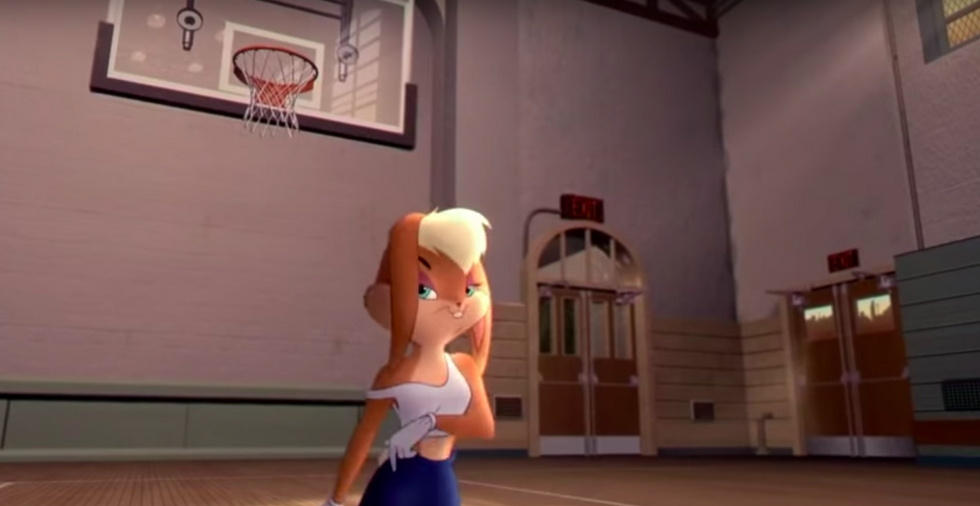
This was a conscious choice made by animators for a PG-rated movie with a target demographic of 8- to 12-year-old children. And while Who Framed Roger Rabbit did the whole “hyper-sexualized PG cartoon” shtick years earlier, Jessica Rabbit was at least a human woman. Lola Bunny, on the other hand, is actually a bunny. Consequently, she likely induced many 90s kids’ first sexual experiences––with an anthropomorphic animal, no less.
Perhaps it’s no wonder that the majority of furries––a community largely (but not entirely) based around roleplaying and fetishizing anthropomorphic animals––hail from the same 18-27 demographic who would have been young children around the time Space Jam came out.
That’s not to say Space Jam directly resulted in furries. Furry fandom dates back to at least the 80s, and could be motivated by many possible factors, from anime fandom to a desire for escapism. But, according to furries, their initial interest in the community commonly originated with cartoons, Disney, or childhood interests. As such, based on the intersection of Space Jam‘s release year (1996) with the current age range of many furries, there’s a possibility that Lola Bunny acted as a major gateway for anthropomorphic fetishization later in life.
Of course, not everyone who finds Lola Bunny attractive is a furry. The strangest aspect of Lola Bunny’s design is how closely her features and proportions resemble those of a human woman. Take her depiction on the cover of Issue #80 of DC’s Looney Tunes comic, for example.
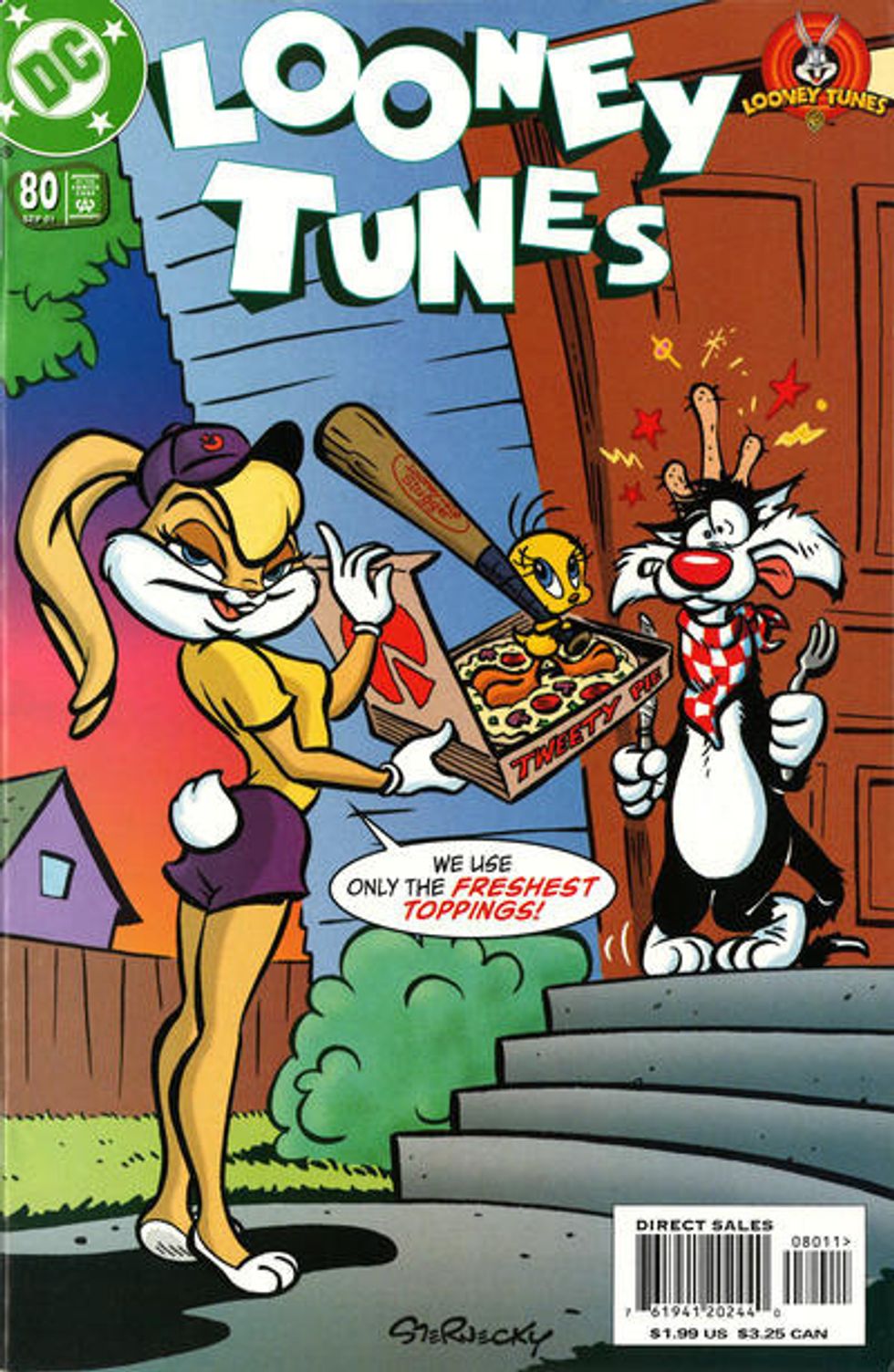
In most aspects, Lola Bunny looks like a pin-up girl. She has long legs with properly placed calf muscles, a defined butt, and actual breasts. Her rabbit feet look more like slippers than parts of her body. The only disproportionately “animal” part of Lola Bunny is her face, but even that’s drawn with a sultry enough expression that it wouldn’t look out of place in a porno. Contrast that with Sylvester the cat, with his goofy cartoon eyes and round body which, while upright, still resembles the proportions of a cat.
It’s not weird to find Lola Bunny attractive. After all, she was clearly intended to be attractive. The weird part is that Warner Bros. chose this route for a children’s movie. But Warner Bros. was far from the only studio pushing out sexy animals in mid-90s children’s cartoons. Disney put a pretty obvious sex scene in one of their movies from the same period.
The Lion King – Can You Feel The Love Tonightwww.youtube.com
Sure, most children probably didn’t realize that “Can You Feel The Love Tonight” absolutely depicted Simba and Nala having sex. Freeze frame on Nala’s sex face.
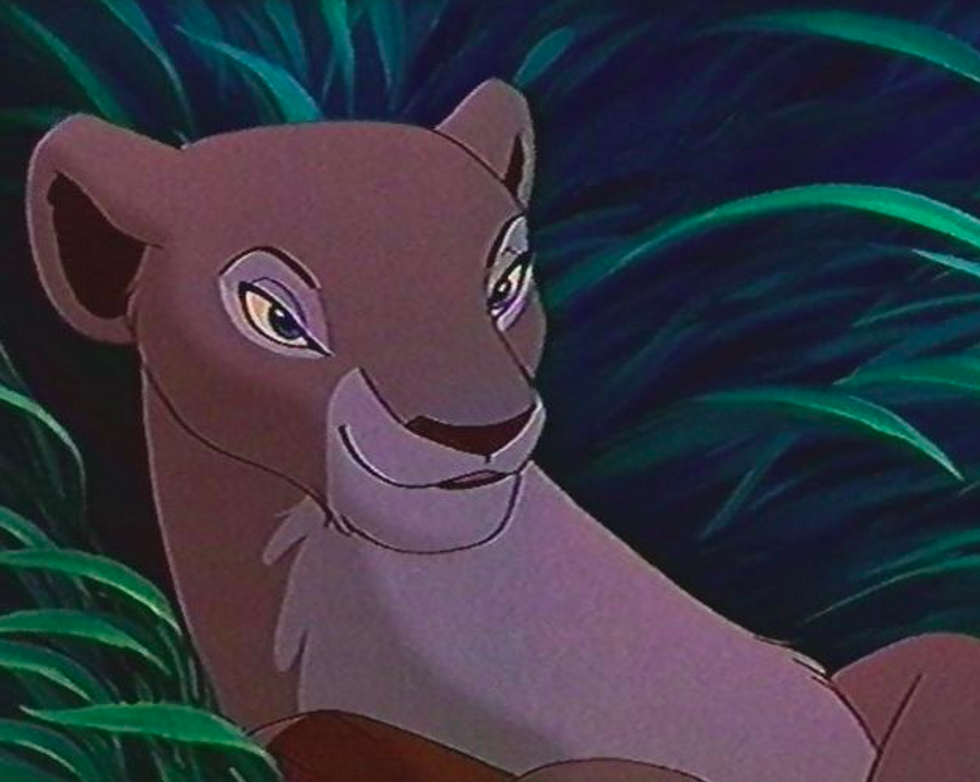
Nala’s expression looks alarmingly close to an aroused human, as opposed to a lion in heat. That’s an expression Disney wanted to show four-year-olds for some reason. But in Disney’s defense, at least they designed their lions to look mostly like lions, so the latent psychological scarring on young viewers probably wasn’t as pronounced as that induced by Lola Bunny.
The question ultimately remains: Why would Space Jam‘s animators make a children’s character so sexually appealing? Did they think dads taking their kids to see Space Jam would get a kick out of a sexy rabbit? Were they coping with sexual fetishes of their own, expressing their most secret desires through art? Or did Warner Bros. intend to influence a worldwide furry fandom for merchandising purposes? The answer may never be known, but one thing is certain: someone somewhere down the line thought, “Holy crap, maybe this character shouldn’t be for kids.”
So now, Lola Bunny looks like this:
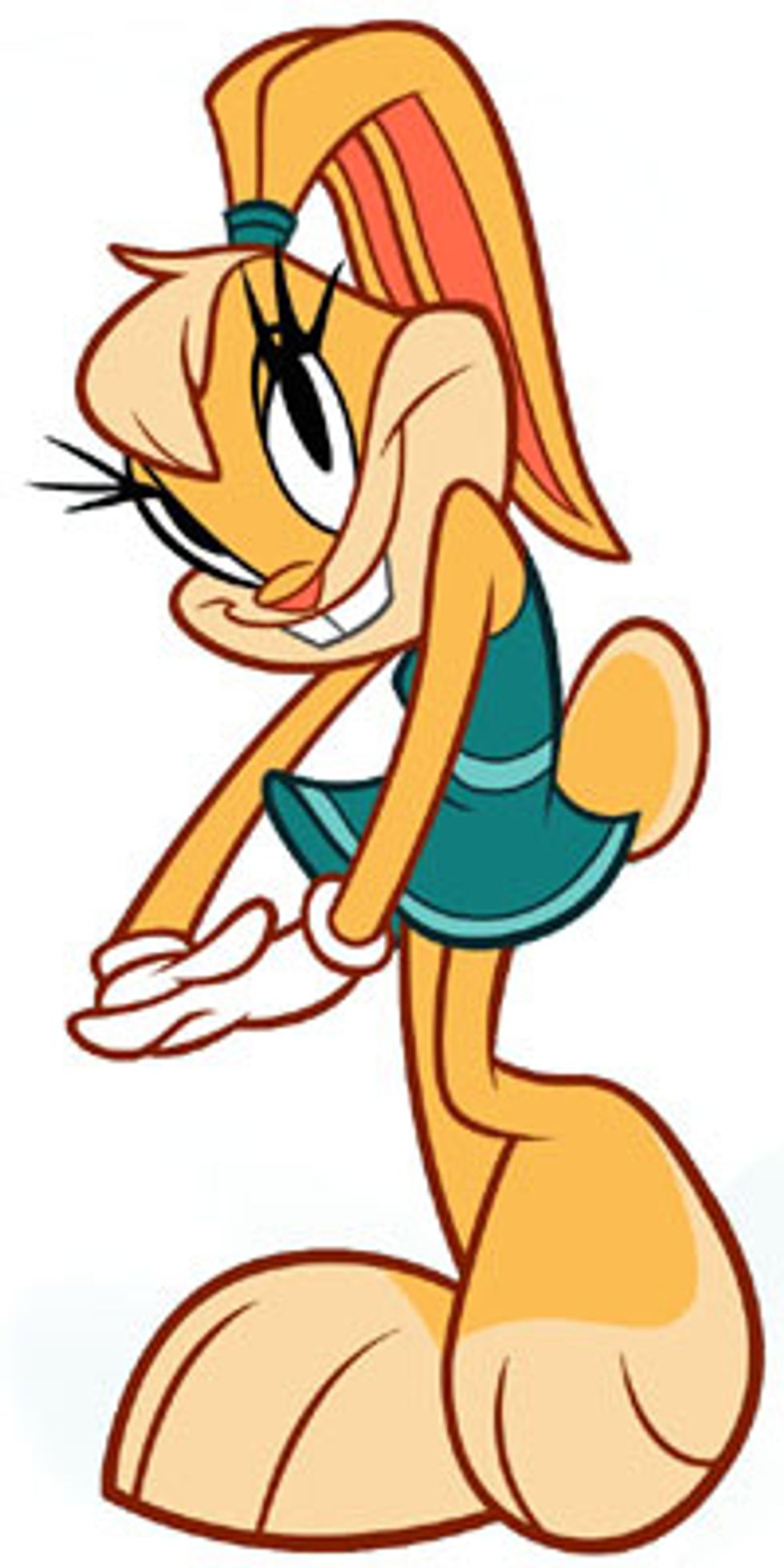
Dan Kahan is a writer & screenwriter from Brooklyn, usually rocking a man bun. Find more at dankahanwriter.com
POP⚡DUST | Read More…
Fetishizing Autism: Representation in Hollywood
- Netflix’s “The Last Dance”: Can We Talk About Michael Jordan Being a Jerk? – Popdust ›
- Is the British Dating Show “Naked Attraction” Progressive? – Popdust ›
- Space Jam (1996) – Bad Movie Recommendations – Earwolf Forums ›
- LeBron James Joins The Lakers, All But Ensuring A ‘Space Jam 2’ ›
- In Defense Of Space Jam: A Personal Catharsis | Film Inquiry ›
- Top 10 Needlessly Sexualized Female Movie Characters … ›
- 8 things LeBron’s Space Jam sequel must have, 4 things it should … ›
- Space Jam 2, Give Lola Bunny the Respect She Deserves | The … ›
- 11 Ways Space Jam Is Way Edgier and More Insane Than You … ›

